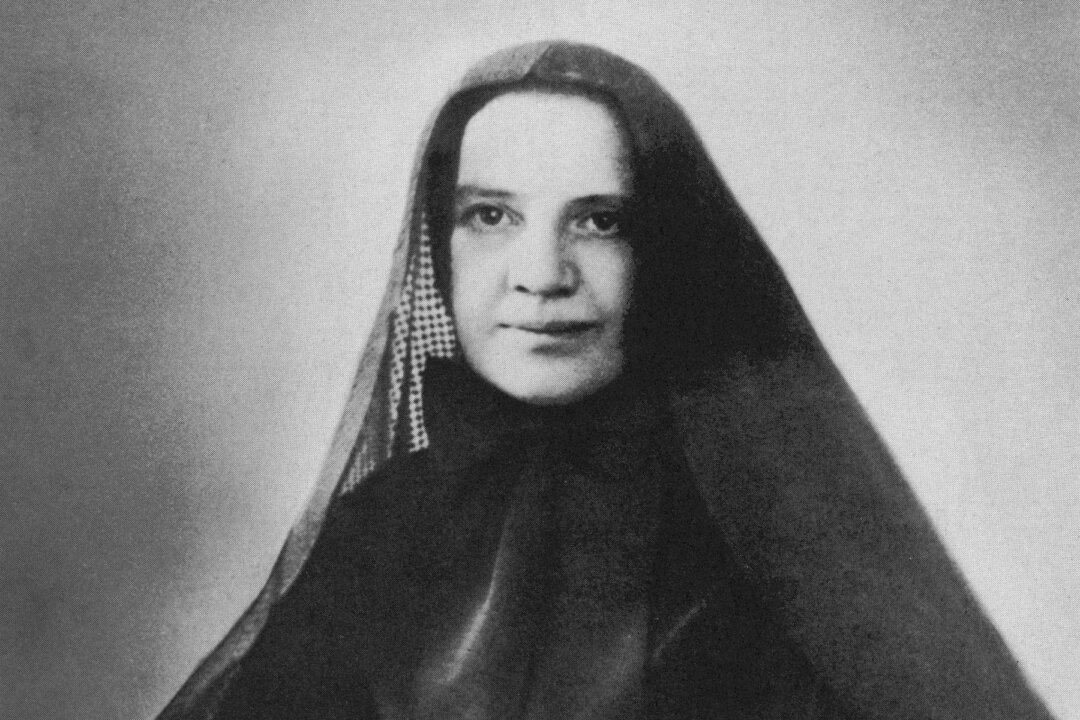Commentary
We’ve waited many months—even a century—for the release of the new movie “Cabrini” as directed and produced by Alejandro Monteverde. It does not disappoint. Indeed it is a thrilling look at the other side of the Gilded Age.

We’ve waited many months—even a century—for the release of the new movie “Cabrini” as directed and produced by Alejandro Monteverde. It does not disappoint. Indeed it is a thrilling look at the other side of the Gilded Age.